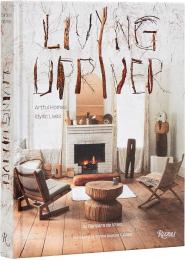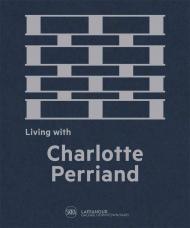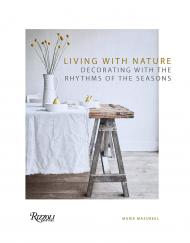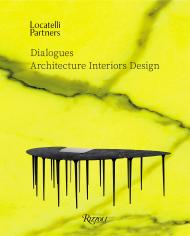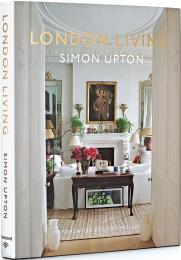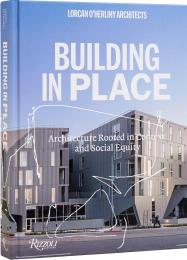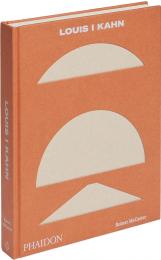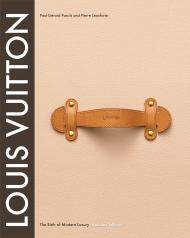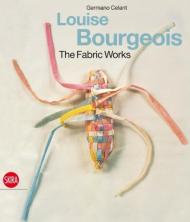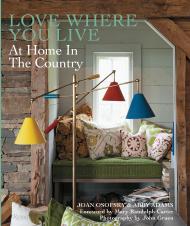The rural homes and lifestyles of modern creatives who have left city dwelling for working remotely and living simply and sustainably.
Living Upriver showcases the artisanal country way of life, inspiring readers to bring nature home, be true to oneself, and foster a warm, welcoming community. The book documents twelve homes belonging to the new pioneers: creative individuals who embrace a slower lifestyle combining nostalgic remote living with modern connectivity. The homes of these designers, artisans, and entrepreneurs are restored farms, barns, cabins, and churches featuring rustic textiles and handcrafted living spaces. These comfortable, characterful rooms welcome their communities by hosting picturesque events in the summer, and cozy dinners in the winter.
Including thoughtful tips and ideas — on reclaiming old spaces, upcycling used furniture, foraging and gardening sustainably, tabletop arranging, and more — from the homeowners, who brought their new spaces to life, this book shows how we can put more of ourselves into our environment and feel more at home in doing so.
About the Author:
Barbara de Vries spent the first half of her career in the fashion business as a creative director and designer. In 2009, Barbara and her husband, author Alastair Gordon, founded Gordon de Vries Studio, which publishes illustrated books on design and lifestyle. Barbara is also a passionate environmental activist. She has had a home on the Pennsylvania side of the Delaware River since 1987. Emma Austen Tuccillo is founder and creative director of And North, an online travel guide to Upstate New York.
___________
Пролистать книгу Living Upriver: Artful Homes, Idyllic Lives на сайте издательства.
